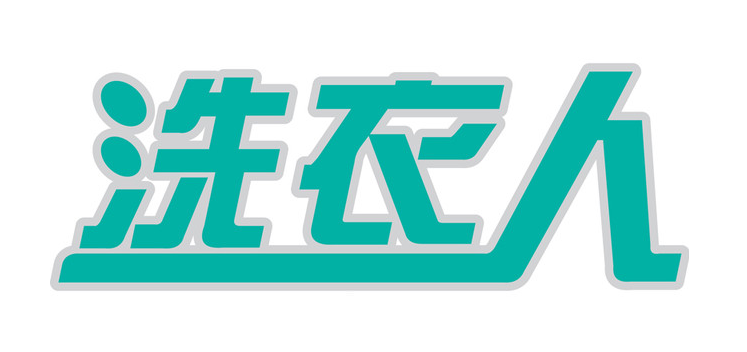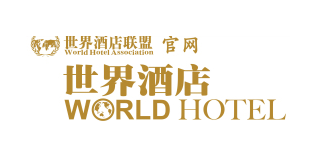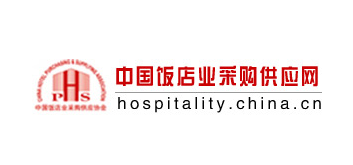Related content
Before Covid-19 struck, many commercial laundries were coming to the realisation that they throw way too much good linen in the bin, and have been doing so for years.
Historically, anything stained or discoloured, that could not be rescued by a high-temperature wash, was discarded.
Lately, technology has advanced, meaning wasteful habits can be broken. The vast majority of marks in cottons, polycottons and polyesters – be it rust, mould, food, fake tan or anything else – can be gently lifted, and linen returned to stock for many more washes to come.
So really, there is no good reason to throw away towels, bedding, tableware or uniforms unless they are ripped, torn or thoroughly worn out.
Now, as the global textile recycling industry reels from the effects of Coronavirus, warehouses across the UK are filling up with unwanted, used textiles that cannot be sorted or sold, and it’s more timely than ever to keep a close eye on what goes in the bin.
More discarded linen is likely to end up in landfill, at least in the short to medium term, rather than being repurposed as rag, which is bad news all round.
Supply of new linens could also face disruption and even if items are reliably available, there is less money in Covid-depleted budgets to pay for them. Therefore developing thrifty habits with commercial textiles – learning to love linen longer – is increasingly important.
If laundries, healthcare organisations and hospitality companies try harder to make the most of every piece of linen, this will ease the burden on both the recycling and the landfill sectors, and in turn, the planet.
There are two ways to deal with blemished linen and greying whites – the first is to enlist a specialist cleaner to revive it, for example, using a gentle, multi-bath cleaning system, based on the opening of fibres, to lift stains with a 75.3% success rate.
The second, for the under 25% of cases that stains cannot be sufficiently lifted – or where colour has simply become faded and washed out – is to over-dye fabric in rich, new colour.
The end result is that laundries, whether in-house or outsourced, can love linen longer, saving money on replacement stock as well as easing the squeeze on recycling and landfill.
Via: http://chtmag.com/
Note: Content may be edited for style and length.

 732225485/2850218834
732225485/2850218834
















 沪公网安备 31011502020152号
沪公网安备 31011502020152号